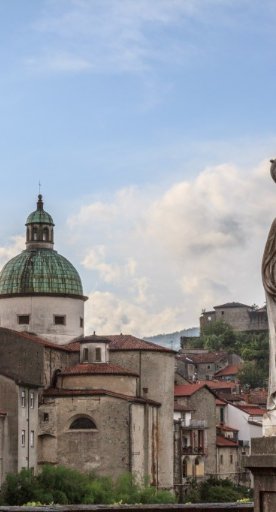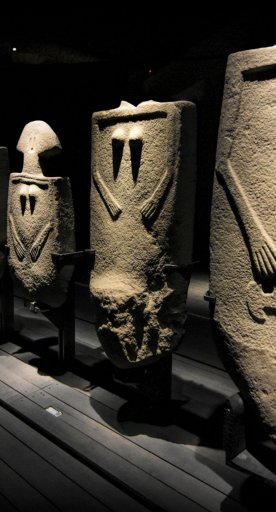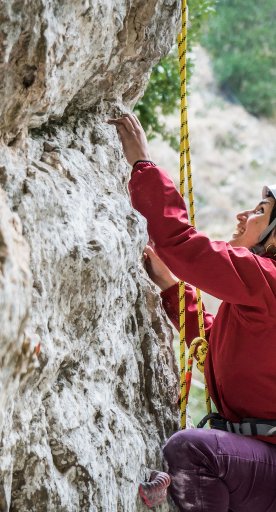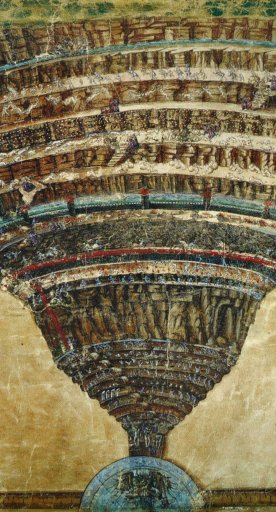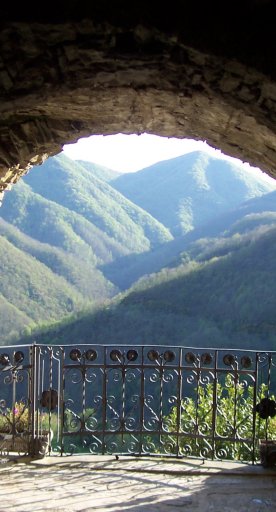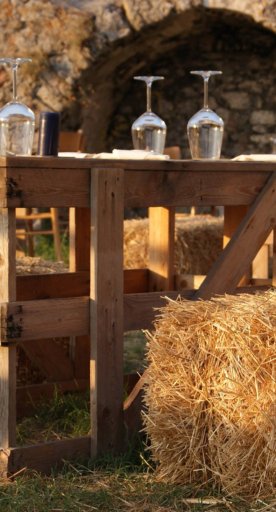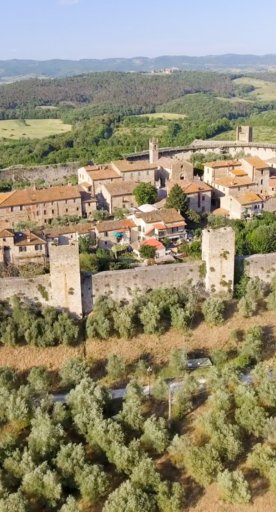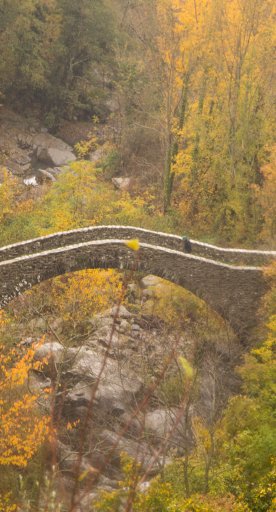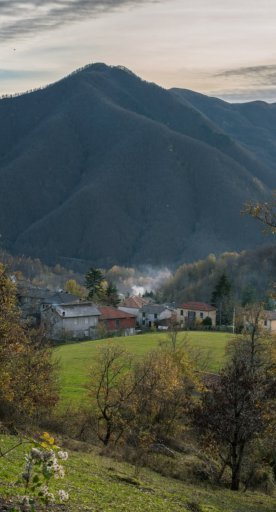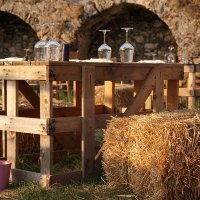
The nativity scene recovered by Pallerone
A visit to the famous nativity set open year-round in a hidden village of the Lunigiana
Do you remember how Christmas was when we were children? It was all about expectation and wonder. Every year, the magic of an ancient story was reinvented and the repetition of the elements of putting together Christmas was beautiful, made up of decorations, a tree and a nativity scene. For this reason, visting the nativity set in Pallerone, near Aulla, is intensely emotional, not so much for its beautiful execution but for the history behind this work.

I’ve already read on the website of Toscana Ovunque Bella about the origins of this nativity scene: it was 1935 when a local boy began to build a mechanical manger, using cords and wheels and even a fan motor, all of which he found among abandoned or discarded objects. Slowly, the nativity scene grew with the help of several fellow villagers, until a set location was needed so that it could always be visible to the public, which turned out to be the kitchens of a noble palace adjacent to the church of San Tommaso Becket, where it would traditionally go on display.
The costs to build what would later become the tuff grotto were high, but once again, the locals all contributed with what they could to ensure that the nativity scene had a permanent home.

On the church’s door, there is a list of names of the many people who volunteer to bring the manger to life if someone wants to see it.They’re the same people who take care of the object, replacing broken pieces and maintaining it in perfect working condition.
As the kind gentlemen who let me into the church told me, it’s difficult to find the same materials that were used 50 years ago: there are things that are no longer produced, like some of the light bulbs or small gears.
To think that the motors and mechanisms that bring to life and move the figures date directly to World War II, when the Germans occupied Pallerone and the townsfolk would sneak off in the night to steal pieces of their vehicles not only to sabotage them but also to complete the nativity scene!
There are many other anecdotes tied to this manger that, as one can imagine, is among the top attractions in this small town in the Lunigiana, and this is why it’s preserved in excellent condition. The community effort it took to create the nativity scene is truly magnificent!

When you’re inside the grotto, it doesn’t matter what day of the year it is: for seven minutes, it’s December 24th. A scene 3 mt wide sits before your eyes, teeming with life: the fisherman pulls on his net, the lumberjack hits a tree with his ax, the baker puts fresh bread up for sale, the shepherd drives his sheep up a hill and many people move throughout the bridges and streets, curiously approaching the grotto to admire baby Jesus.5
During the seven minutes of action, the sun rises and falls, offering a continuous changing of light. The evening arrives and the miracle of the birth of baby Jesus occurs. In the sky, the stars are shining and a comet appears, the angels descend toward the grotto to announce the news to the world, while a soft song accompanies the scene. There is no limit to the number of times you can watch this wonderful, brief day: you’ll be avid for more so you can appreciate every detail, discover new figures and return to your childhood for another seven minutes!


